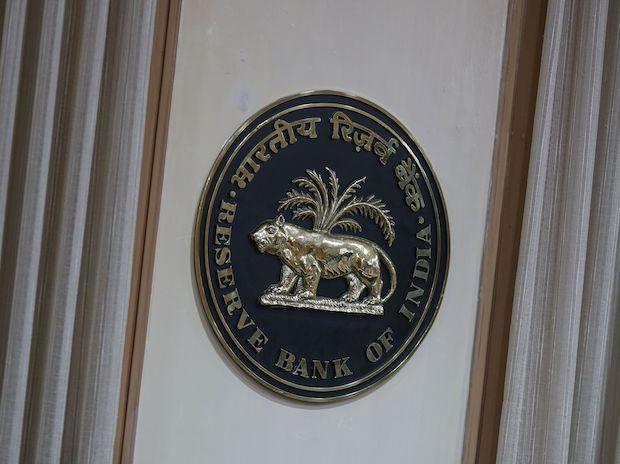A combination of factors including the Reserve Bank of India’s (RBI’s) interventions in the foreign exchange market and strong momentum in credit demand have led to surplus liquidity in the banking system declining significantly this month.
From a daily average absorption (the quantum of funds parked by banks) of Rs 1.88 trillion in July, the amount has declined to Rs 1.26 trillion so far in the month of August, the RBI data shows. Daily absorption under the RBI’s liquidity adjustment facility (LAF) was below Rs 1 trillion from Monday to Thursday this week.
The data also shows more instances of the daily quantum of funds deployed with the central bank falling to less than Rs 1 trillion than in the previous month.
Out of the 28 working days in July, there were five instances where funds parked by banks with the RBI were lower than the Rs 1-trillion mark. Moreover, according to treasury officials, cash flow miscalculations by a large bank amid indirect tax outflows towards the end of July had led to a sudden rush for funds, pushing up money market rates.
Out of the 21 working days in August so far, there have been seven instances where the average net absorption of excess liquidity by the RBI has fallen below the Rs 1-trillion mark.
With the RBI having moved towards a tighter monetary policy over the last couple of months, the pace at which the liquidity surplus has whittled down is telling. The average daily absorption of liquidity during June-July was at Rs 3.8 trillion.
The impact has also been felt on cost of funds across the banking system as money market rates have aligned closer to the benchmark policy repo rate since the end of July. Prior to that, money market rates were generally well below the repo rate as huge liquidity infusions by the RBI since the outbreak of the pandemic ensured that funding costs remained low.

“There has been an indication that the RBI has been intervening on the FX side, given what’s happening globally,” said Sakshi Gupta, principal economist with HDFC Bank. “But I think it’s a combination of higher credit growth plus the intervention that we have seen on the FX side. We have been seeing liquidity surplus in the system come down and there’s been a lot of volatility on that front since the last week – the second last week of July,” Gupta told Business Standard.
The central bank’s defence of the rupee through sales of the US dollar amid global growth concerns and steep increases in interest rates by the Federal Reserve has been a major factor that has led to the drain of excess liquidity.
Dollar sales by the RBI suck out rupee liquidity from the banking system.
The latest data showed that the RBI’s headline foreign exchange reserves were at $564.05 billion as on August 19, their lowest levels since October 2020. The reserves fell by $6.7 billion on a weekly basis as on August 19.
The RBI net sold $3.7 billion dollars in the spot market in June, the latest available data showed, while it purchased $2 billion and $1.9 billion in April and May, respectively, the data showed.
“Since the start of this year, geopolitical uncertainties and back-to-back rate hikes by the Fed have led to the weakening of emerging market currencies including INR. Forex reserves are likely to stay under pressure in the near term as DXY is back to its mid-July highs and oil prices are expected to stay elevated,” Ritika Chhabra, economist and quant analyst, Prabhudas Lilladher, said.
With the rupee likely to remain under pressure and credit demand expected to pick up even further during the festival season, some treasury officials even predict liquidity at a deficit in January-March.
The tightening liquidity also exerts pressure on banks to aggressively mobilise deposits in order to fund the demand for loans amid the slew of festivals lined up. As on August 12, bank credit grew 15.3 per cent year-on-year as against a growth of 8.8 per cent in deposits.
Dear Reader,
Business Standard has always strived hard to provide up-to-date information and commentary on developments that are of interest to you and have wider political and economic implications for the country and the world. Your encouragement and constant feedback on how to improve our offering have only made our resolve and commitment to these ideals stronger. Even during these difficult times arising out of Covid-19, we continue to remain committed to keeping you informed and updated with credible news, authoritative views and incisive commentary on topical issues of relevance.
We, however, have a request.
As we battle the economic impact of the pandemic, we need your support even more, so that we can continue to offer you more quality content. Our subscription model has seen an encouraging response from many of you, who have subscribed to our online content. More subscription to our online content can only help us achieve the goals of offering you even better and more relevant content. We believe in free, fair and credible journalism. Your support through more subscriptions can help us practise the journalism to which we are committed.
Support quality journalism and subscribe to Business Standard.
Digital Editor






GIPHY App Key not set. Please check settings